
Extreme anti-ageing treatments used by Justin Bieber, LeBron James and Lady Gaga put to the test – we explain the science
- Hyperbaric oxygen treatment involves breathing pure oxygen in a pressurised chamber. As the pressure drops it feels a bit like being in an aeroplane cabin
- Infrared saunas – not as hot as normal saunas – offer a deep detox and reduce fine wrinkles. Then there’s cryotherapy – we’re in a bikini at minus 87 Celsius
Anti-ageing treatments promise benefits from weight loss to reduced wrinkles, improved circulation and the removal of toxins.
When faced with a menu of spa options at your next retreat, it may be difficult to choose which of them to undergo without knowing the science behind the claims made for them.
To help, we sampled three treatments on offer at the newly opened Kēpos by Goco spa at Daios Cove Luxury Resort & Villas on the Greek island of Crete – two of which some people might call extreme.
The treatments can be found in different forms at luxury spas worldwide. Let these mini explainers help you decide whether you’d like to indulge in them for yourself.
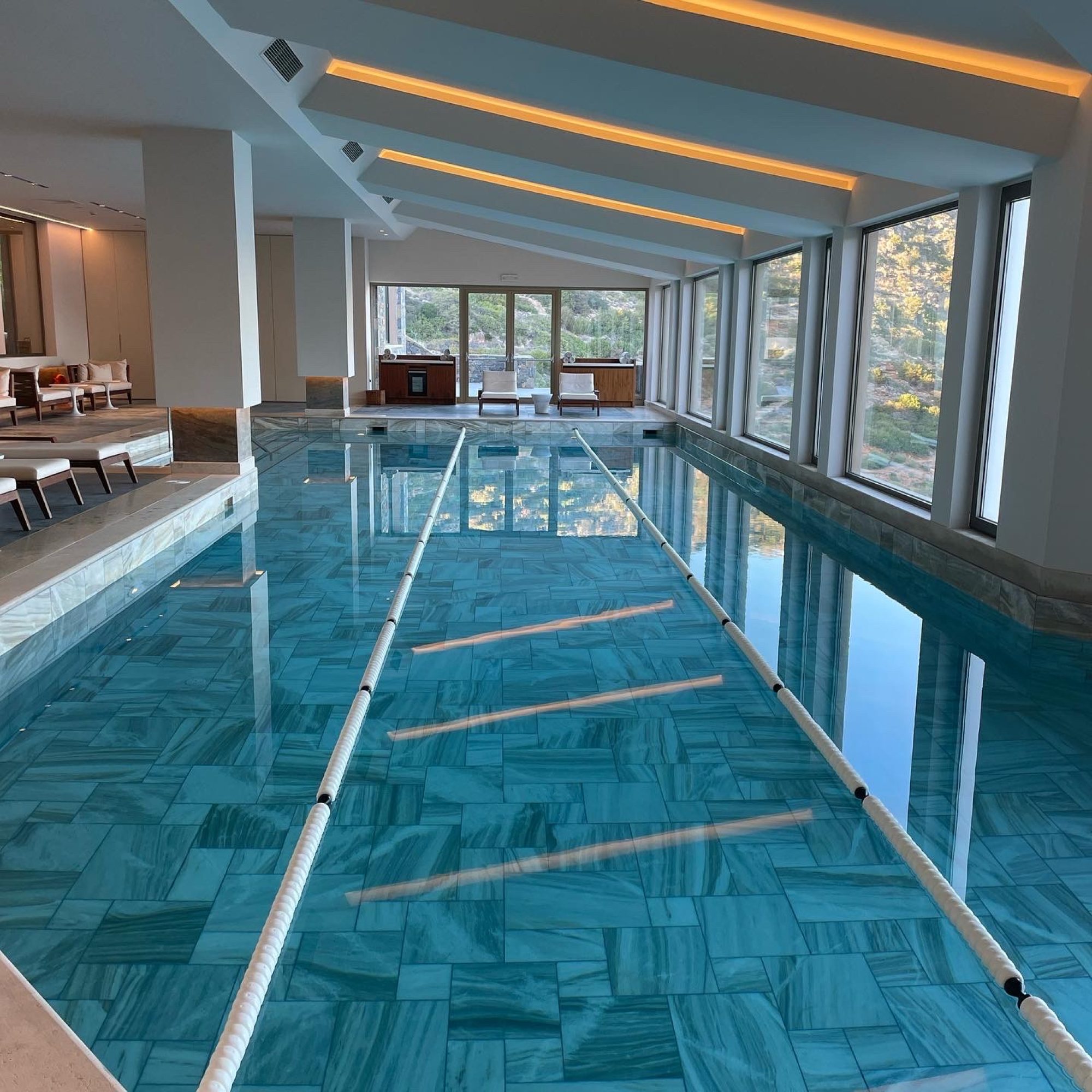
Hyperbaric oxygen treatment
Hyperbaric oxygen treatment (HBOT) is having a moment after being popularised as an anti-ageing treatment by celebrities including Kendall Jenner, LeBron James, Keanu Reeves and Justin Bieber. Britain’s late Queen Elizabeth is said to have used hyperbaric oxygen for years before her death at the age of 96.
First used in the 20th century as a treatment for US navy divers with decompression sickness, by the 1960s it was being used to treat carbon monoxide poisoning.
More recently, HBOT has gained recognition for its wellness benefits, with small chambers pressurised with 100 per cent oxygen and built for one person widely available for home use.
Alternatively, the therapy can be administered in multi-person chambers where you breathe through a mask.
An HBOT session typically lasts between 45 minutes and five hours.
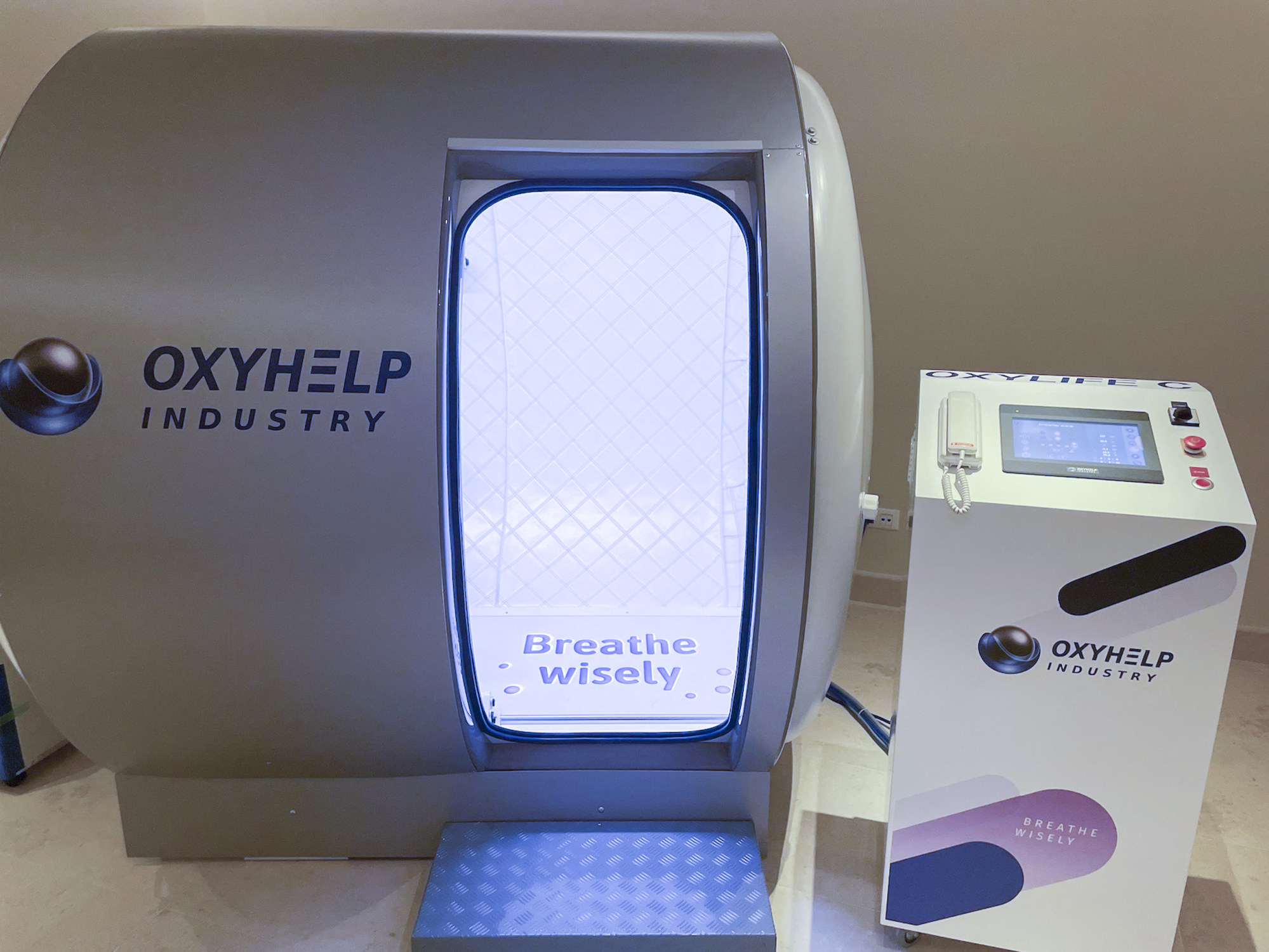
What’s the science behind HBOT?
Well, the higher pressure in the chamber increases the amount of oxygen in the blood, flooding the body’s tissues with oxygen. Increasing oxygen concentration in tissues can help the body block harmful bacteria and strengthen the immune system.
A study from Tel Aviv University and the Shamir Medical Centre, in Israel, published in the journal Ageing in November 2020, showed that blood cells grow younger as the HBOT treatments progress.
In the study of 35 healthy adults aged 64 or over who experienced 60 hyperbaric sessions over a period of 90 days, researchers found it could reverse two major processes associated with ageing and its illnesses: the shortening of telomeres (protective regions at each end of every chromosome) and the accumulation of old and malfunctioning cells in the body.
It discovered a lengthening of up to 38 per cent of the telomeres – shorter telomeres have been associated with an increased incidence of diseases and poor survival chances, and up to 37 per cent fewer senescent cells. These are cells that stop multiplying but don’t die off when they should.
How’s the experience?
While a single session is not enough to make a difference, the treatment is relaxing and easy to do.
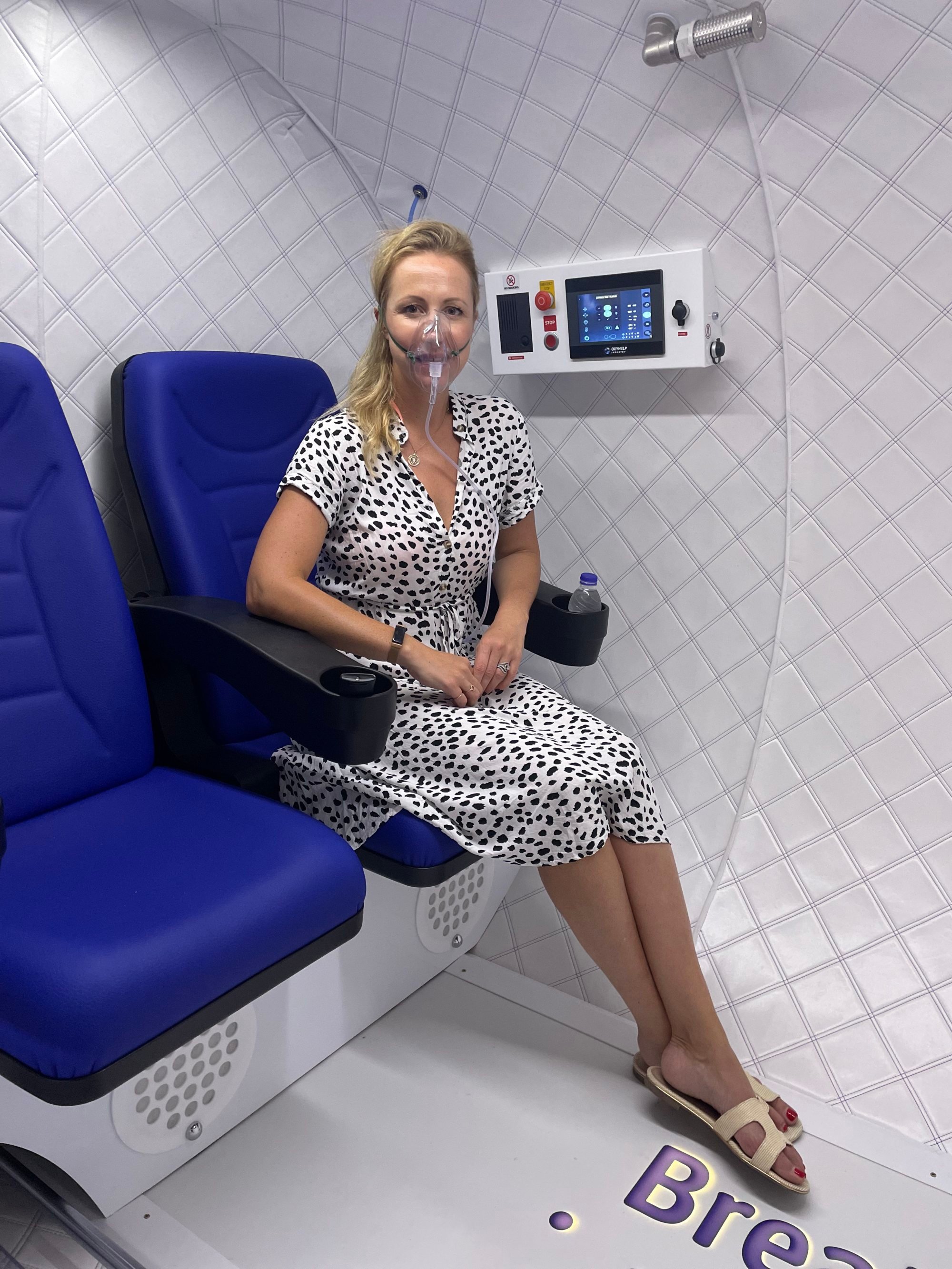
After entering the small, pod-like chamber (not one for those with claustrophobia) wearing normal clothes, we were given an oxygen mask. We were only allowed a phone and a bottle of water in the chamber while we underwent HBOT.
Once the door closed, the pressure started to drop over a period of five minutes, making the experience feel akin to being on a plane; holding one’s nose and exhaling comes in handy to equalise the pressure in the ears.
Some participants may feel sleepy towards the end of a 45-minute session, but this is an experience that, overall, should leave you well energised and with a clear head after leaving the chamber.
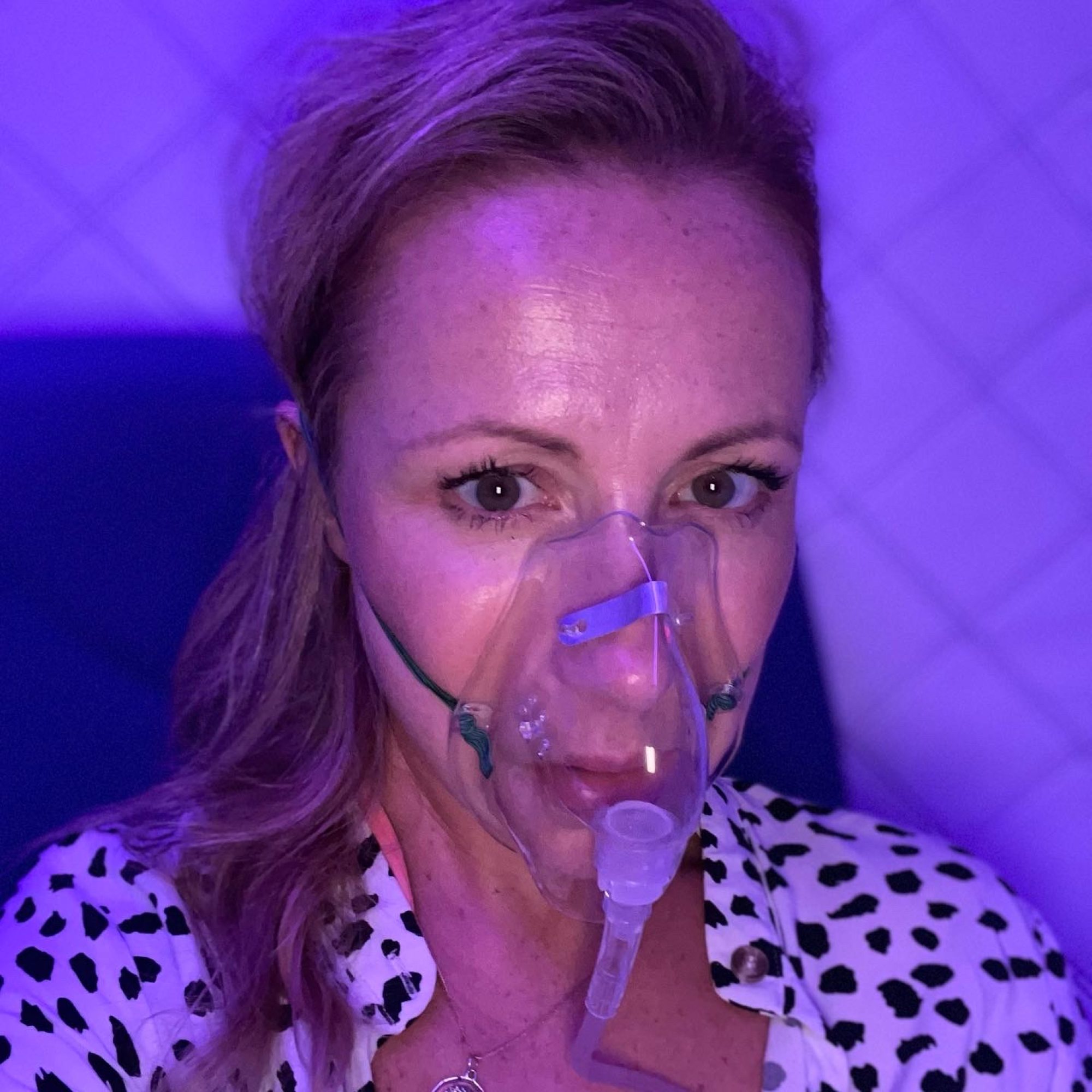
Infrared sauna
Gwyneth Paltrow, Jennifer Aniston, Cindy Crawford and Lady Gaga have long sworn by the benefits of infrared saunas (IR) to deeply detoxify, reduce fine wrinkles, improve circulation and even relieve pain.
The science?

An infrared sauna’s heat comes from the photons of light referred to as far infrared radiation (FIR), a form of electromagnetic energy that penetrates up to 3.8cm (1.5 inches) beneath the skin.
The sauna’s temperature is between 45 and 60 degrees Celsius (113-140 Fahrenheit), rather than the usual sauna temperature of 70 to 90 degrees Celsius. The heat, however, goes deeper into the body than normal saunas.
While your skin temperature increases, your core temperature does not rise at the same rate.
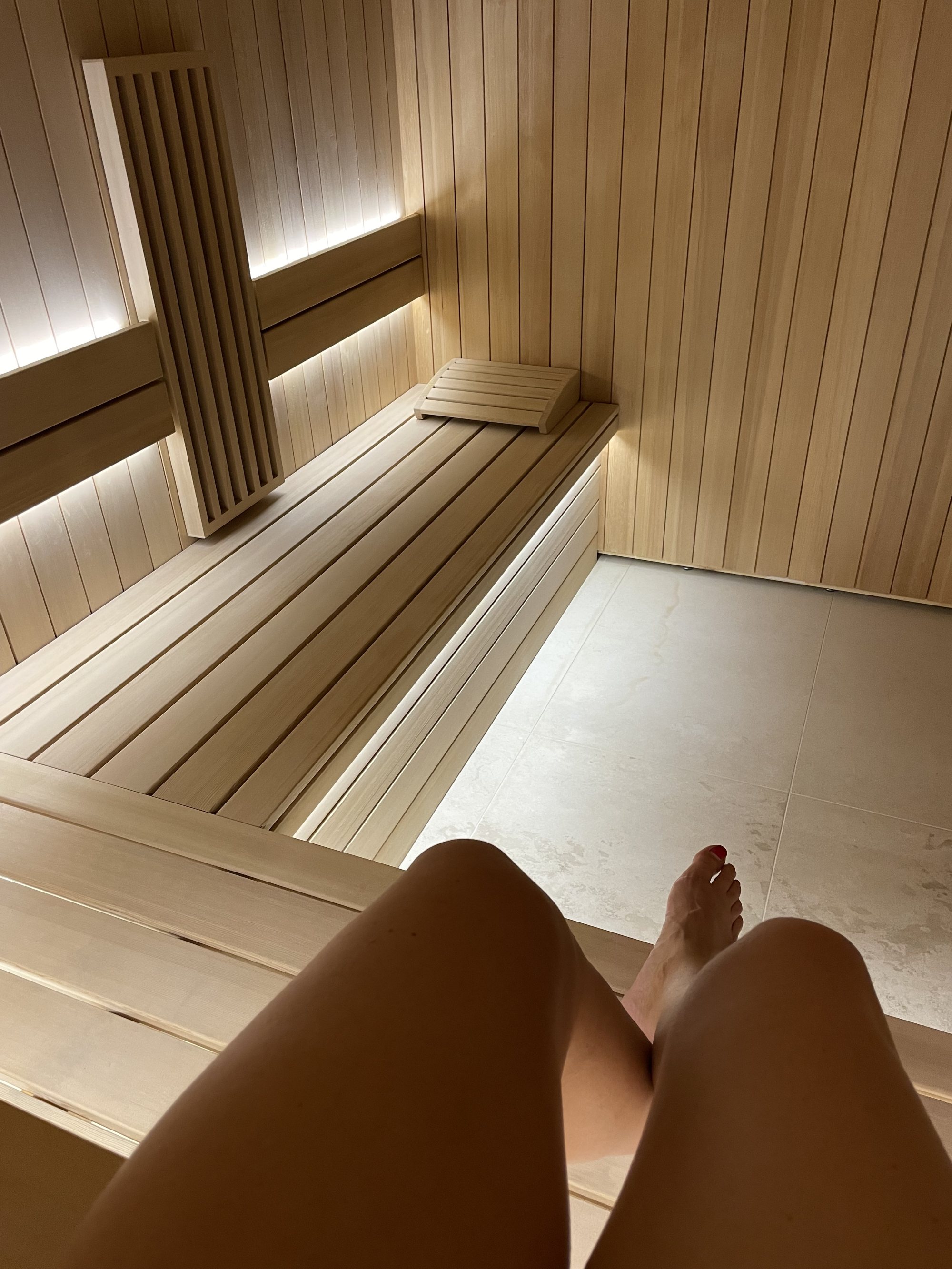
The results are not instantaneous. One study of 20 patients showed a mean improvement of 25 per cent to 50 per cent in collagen and elastin after six months of treatment, while skin roughness lessened and skin tightness improved in 100 per cent of the patients over that time frame.
The experience?
Our 30-minute session was pleasant. Infrared saunas typically resemble a traditional sauna, except they’re not as hot – and no, your body probably won’t be illuminated by red light, because FIR is invisible to the human eye.
We enjoyed the experience wearing a swimsuit; while this type of sauna can induce sweating, we found that it didn’t cause our heart to race uncomfortably, as can be the case with normal saunas.
We can report that on the day following the treatment, our fine lines were less noticeable.
Cryotherapy chamber
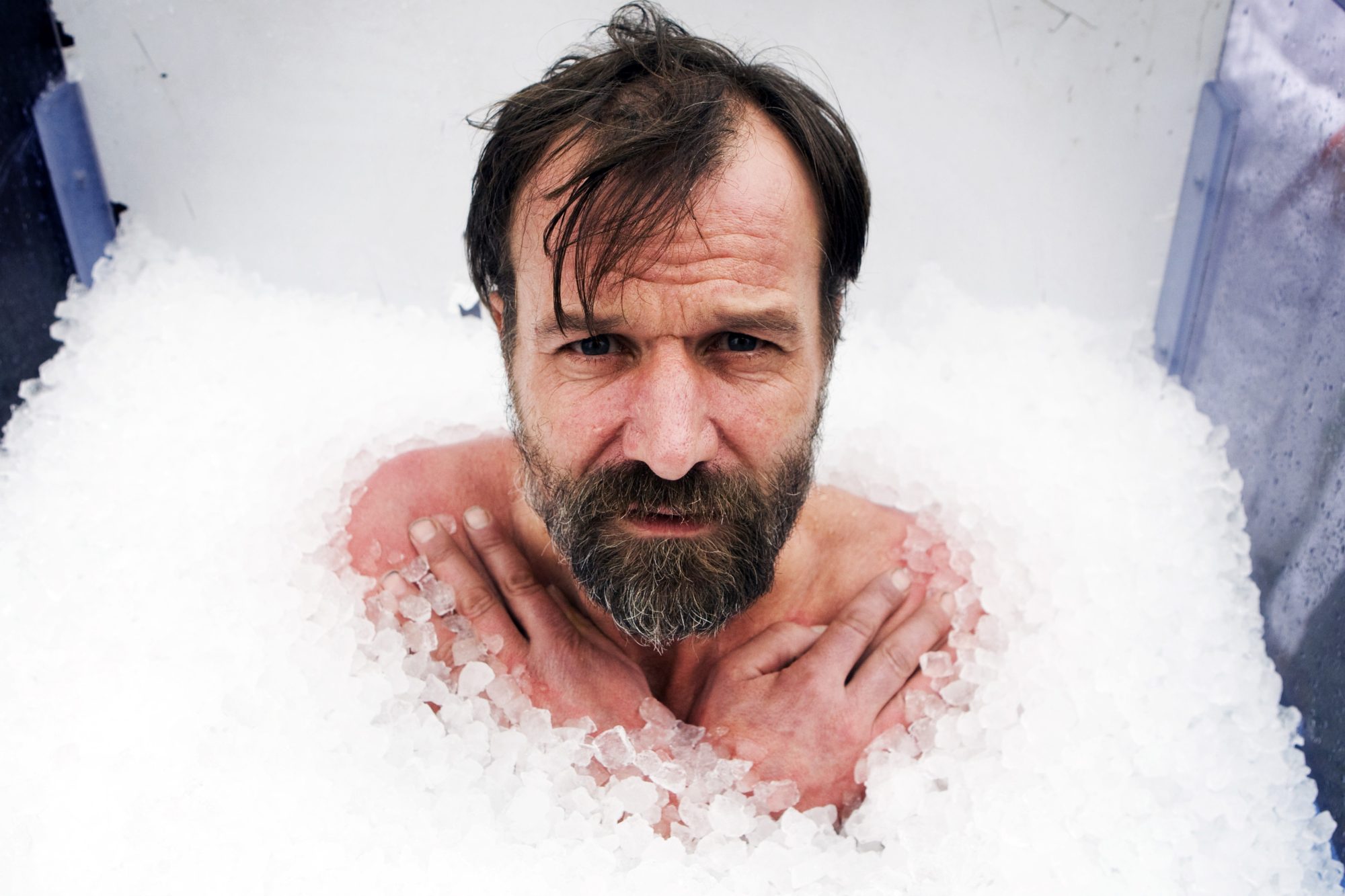
Even though the cryotherapy cabin is much colder than an ice bath, it feels more bearable since it uses dry ice, or liquid nitrogen, to cool it down, and water is a more efficient conductor of the cold than air.
The science?
Cryotherapy has been the focus of many recent studies, for many different treatments, from prostate cancer to depression.
While much research is still needed, they have shown that cryotherapy reduces oxidative stress, which contributes to the development of a range of chronic conditions, from cancer to heart disease.
The therapy involves triggering the body’s fight-or-flight mechanism through exposure to dry, freezing air, which causes the brain to send oxygenated blood to the organs – a process usually triggered to help the body’s healing process.

The experience?
For this one, participants will typically be asked to wear close to the bare minimum – in our case a bikini, a pair of thermal socks and Crocs, a warm hat, a pair of fleecy gloves and a mask.
We were asked to choose a soundtrack that would “keep us calm”, and opted for some classical piano – and then watched the therapist set the temperature to an eye-watering minus 87 degrees Celsius.

As he opened the door of the chamber there was a flurry of ice; it literally felt like stepping into an industrial freezer.
The experience can be unsettling when the door is shut, and participants may feel the onset of panic as limbs begin to ache with the cold, but it pays to suppress the initial urge to get out, and instead trust the science and stay put.
We managed the full 2.5 minutes – yup, 150 seconds – we had targeted. After leaving, we felt elated, energised and had a sense of accomplishment.

